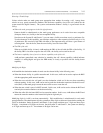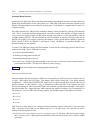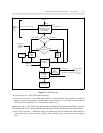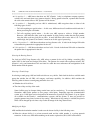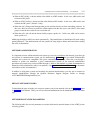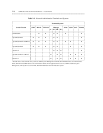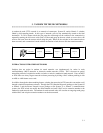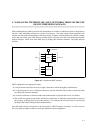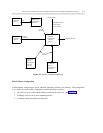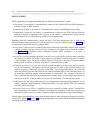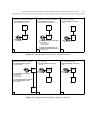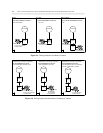
3. TANDEM TIE TRUNK NETWORKS
_ ______________________________________________________________________________________
_ ______________________________________________________________________________________
_ ______________________________________________________________________________________
A tandem tie trunk (TTT) network is an network of DIMENSION, System 85, and/or Generic 2 switches
linked by dial-repeating trunks. In this type of network, calls are not automatically routed to the final
destination. To call a distant switch, the user steps the call through all the switches in the connection by
repeatedly entering the dial access code (DAC) of the trunk group to the next switch as soon as he or she
receives dial tone from the newest switch along the path. When all the switches in the connection have
been traversed, and a connection is made with the destination switch, the user dials the extension number.
SWITCH 2
DAC
EXTENSION SWITCH 3
DAC
SWITCH
1
SWITCH
2
SWITCH
3
INTERACTIONS WITH OTHER NETWORKS
Switches that are nodes in tandem tie trunk networks can simultaneously be nodes in main
satellite/tributary (MS/T) networks or electronic tandem networks (ETNs). This is because no special
networking software is required to enable a switch as a node in a tandem tie trunk network. Users on MS/T
or ETN nodes can always bypass network software processing by dialing a DAC without prefixing it with
an ARS or AAR feature access code.
In addition, through the subnet trunking feature, switches that are nodes in ETN networks can tandem a call
through a tandem tie trunk network node. Through the ETN (Standard Network) package on the System 85
or Generic 2 and the Private Network Access package on the System 75 or Generic 1 communications
systems, the ETN switch can modify the dialed number and send a DAC and an extension number to the
tandem tie trunk network node. The tandem tie trunk network node will associate an outgoing trunk group
with the DAC and relay the extension number over the chosen trunk.
3-1



